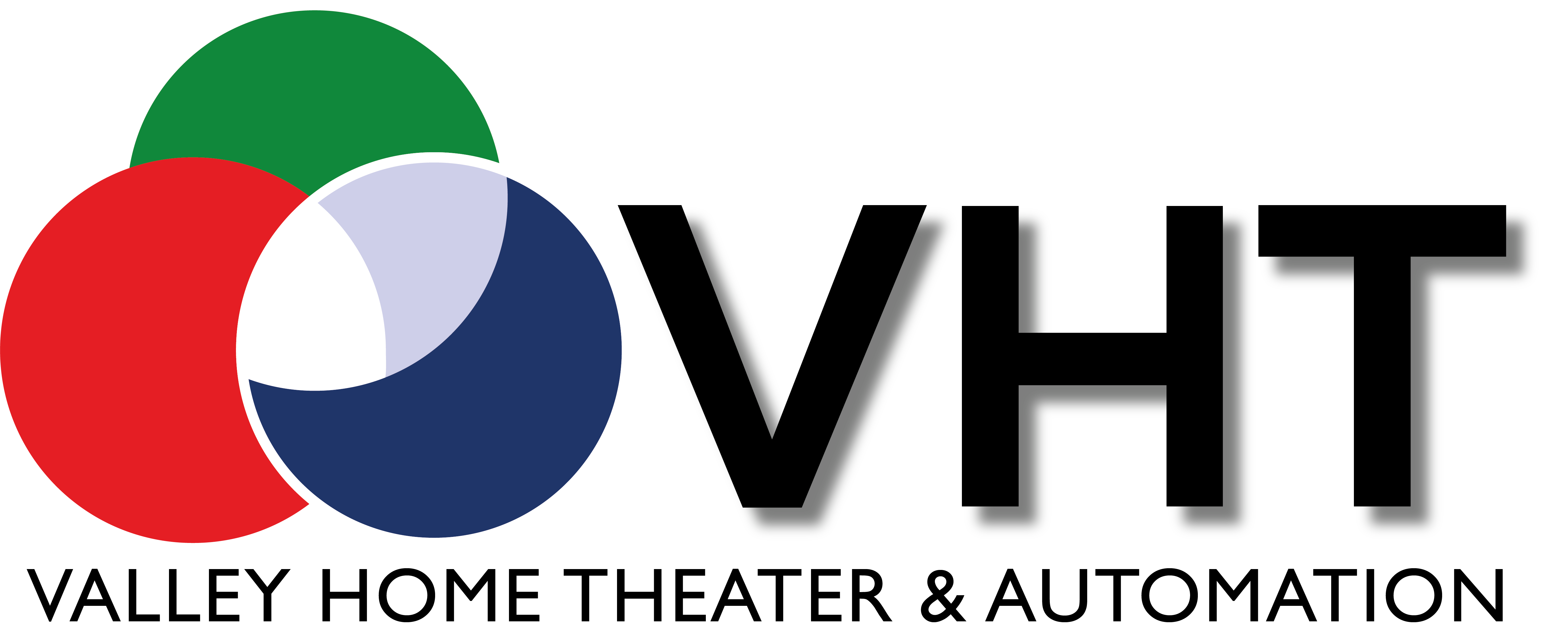
Image via Pexel user Kai Oberhäuser
Security surveillance is not a new concept, as it has been around for decades, but the industry is growing. By the end of 2016, the global security surveillance industry as a whole could be worth as much as $86 billion—video surveillance alone will generate $24 billion.
There are many uses for video surveillance, as well as different ways to record and analyze the content. In this post, we’ll examine some crime deterrent statistics and the two different types of video surveillance (analog vs. IP cameras) available for your home or business.
Deterring or displacing crime with video surveillance
Generally speaking, there is a burglary in the United States about every 30 seconds, according to a 2014 report from the FBI. The number is actually down from recent years, and as smart homes continue to become more commonplace, including security features, those crime numbers may drop even further.
Here are a few reasons video surveillance and smart homes can deter or displace crime:
- High-resolution surveillance video can help identify suspects
- Signage of a respected security system in itself and help displace crime
- Homes that appear busy with people (lights, sounds, etc.) are less likely targets for burglary.
One huge factor in the effectiveness of security surveillance is how the system is configured, monitored, and analyzed. The point is, don’t set up a surveillance system without a plan for how you’re going to act on it.
Additionally, you’ll need to plan to make sure the technical requirements of the security system don’t overwhelm your network. For related reading on the importance of the strength of your home wireless network, please see our post: Optimize Your Connected Home or Office For Increased Speed And Reliability.
Video surveillance—analog vs. Internet Protocol (IP)
Analog video
Analog video surveillance is the ‘old school’ system—it’s basically just a camera that sends video through a coaxial cable to a digital video recorder (DVR). Video is then digitized and stored on hard drives for access later. Most modern systems have the capability to access the video, both live and recorded, through the Internet.
Drawback—What you see is what you get; there’s not much flexibility in terms of video resolution or ‘smart’ actions.
Benefit—Analog is the most affordable video surveillance option.
IP video
IP systems send video as a digital stream over a network, with no need to be converted later. IP is much more compatible with wireless networks and the resolution allows users to zoom in with much more accuracy than analog.
Drawback—Cost. Because of the system’s flexibility, things can get expensive as systems are custom-built from the ground up. Note: make sure you have a strong network if choosing IP, as it the video content will require a lot of bandwidth.
Benefit—Incredible flexibility to record what you want, when you want, and how you want it (increased resolution) by integrating it into your home automation system.
Now that you understand the basics of security surveillance, we’d like to expand on some of the finer points with more details. Watch for our next post with more advanced content on how home/office automation systems play a role in security.

















